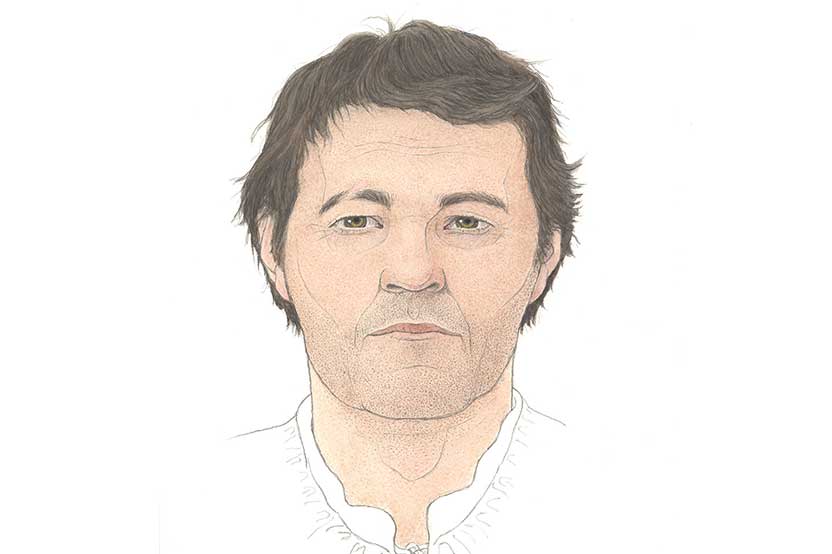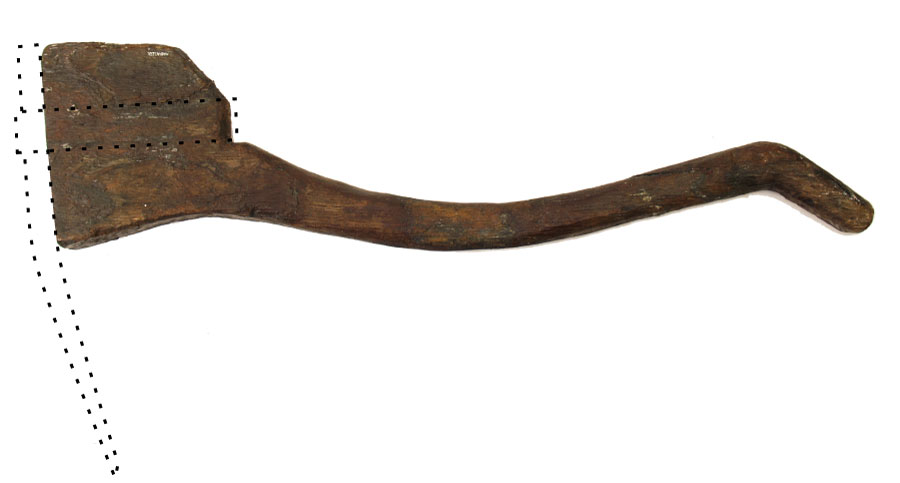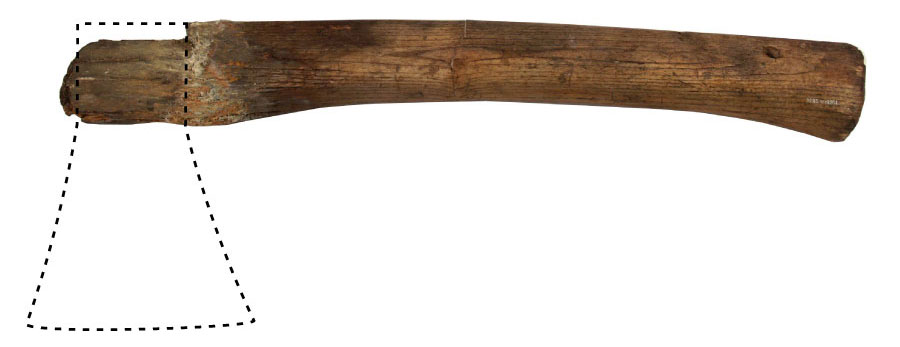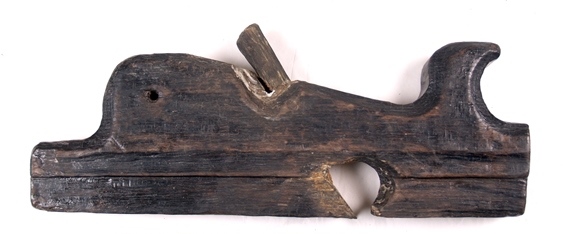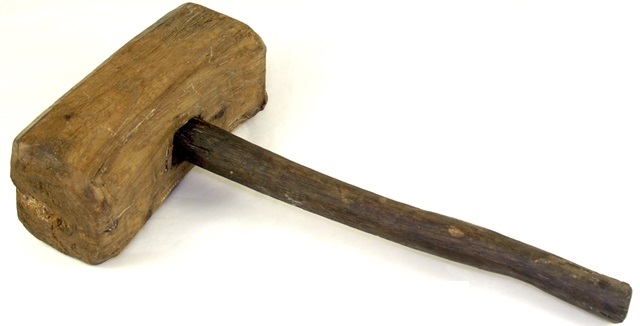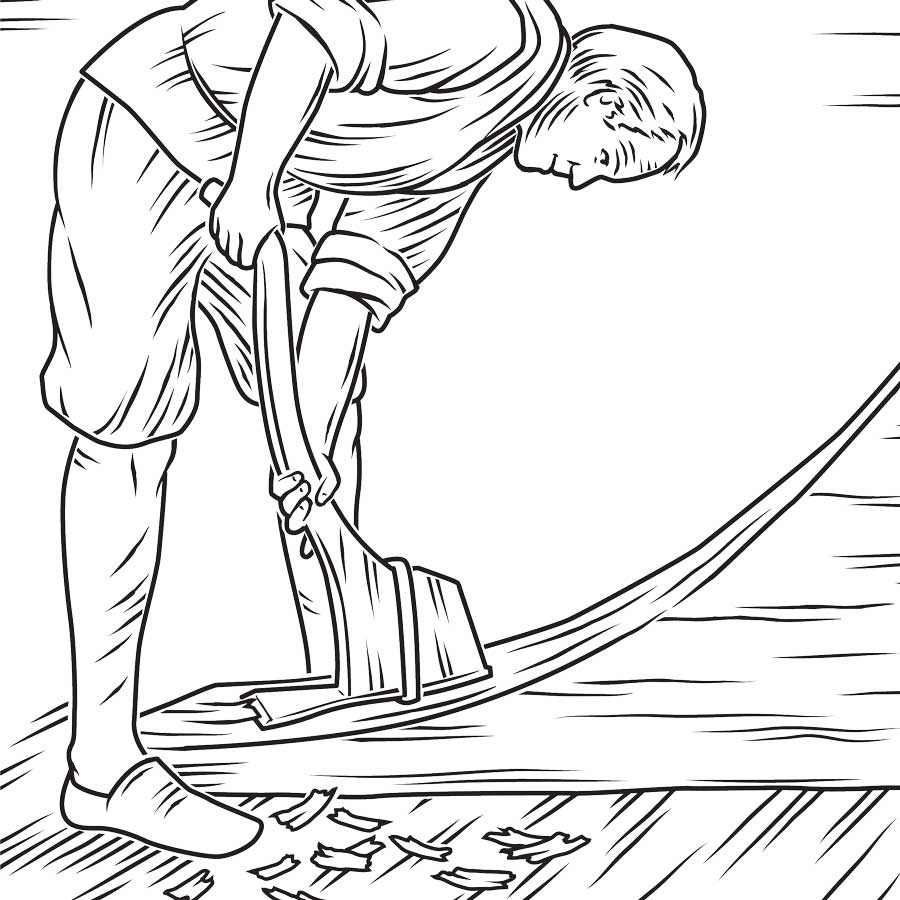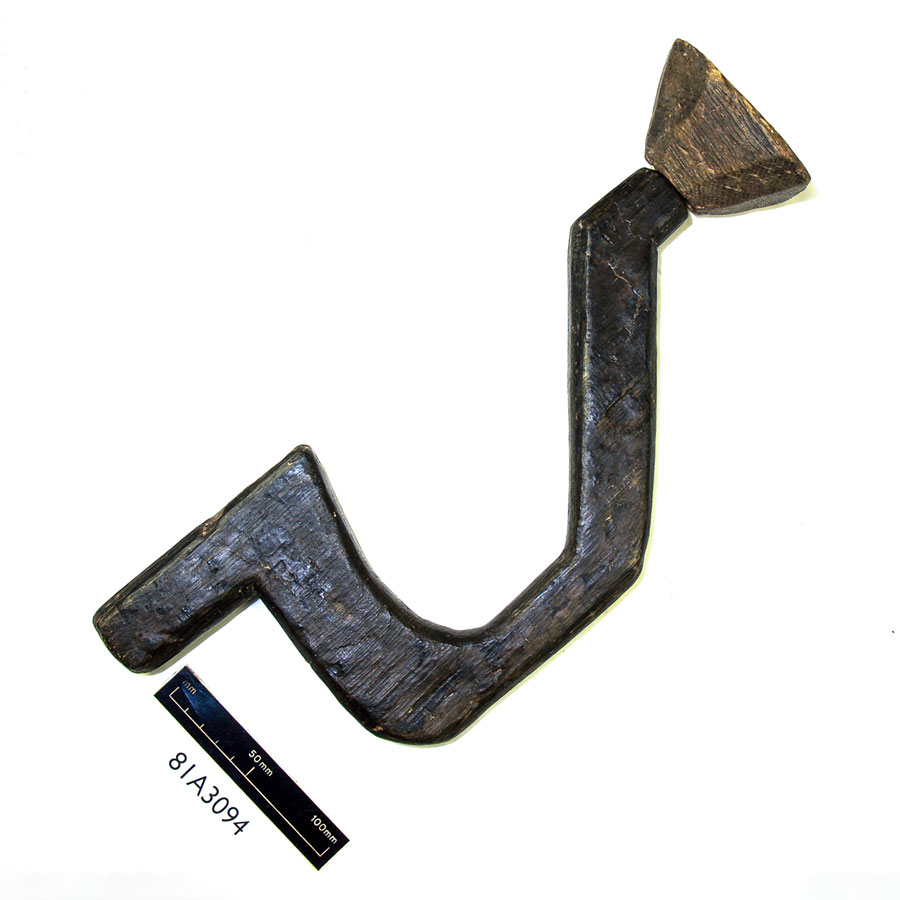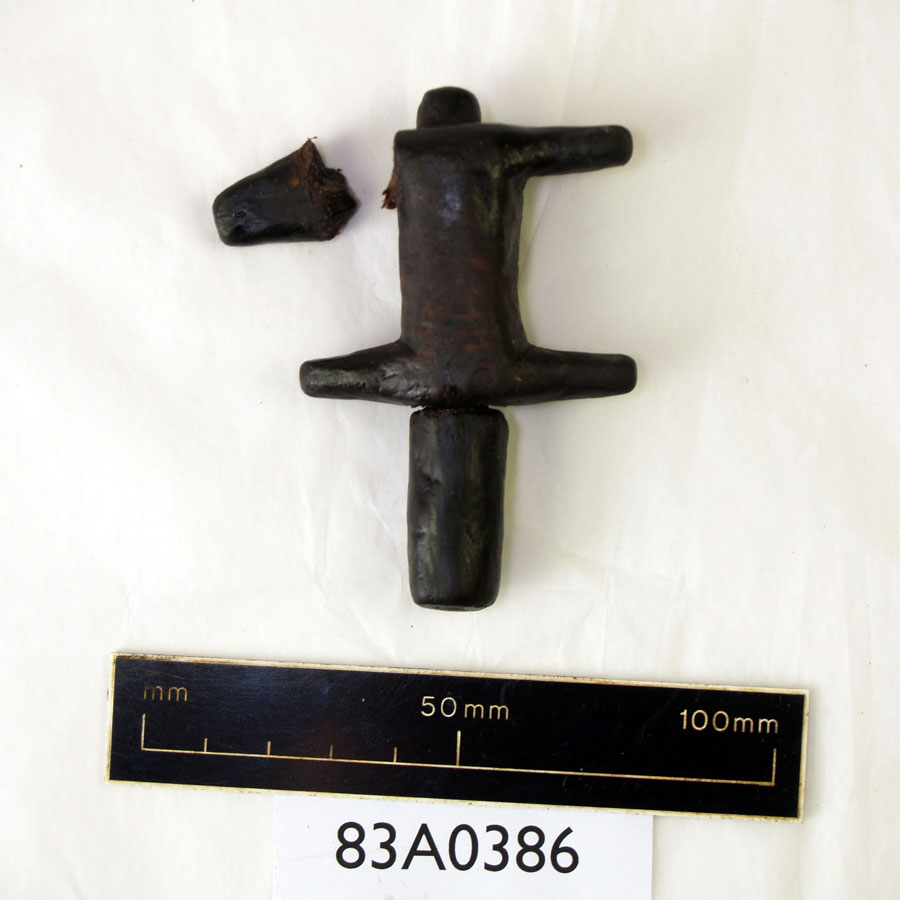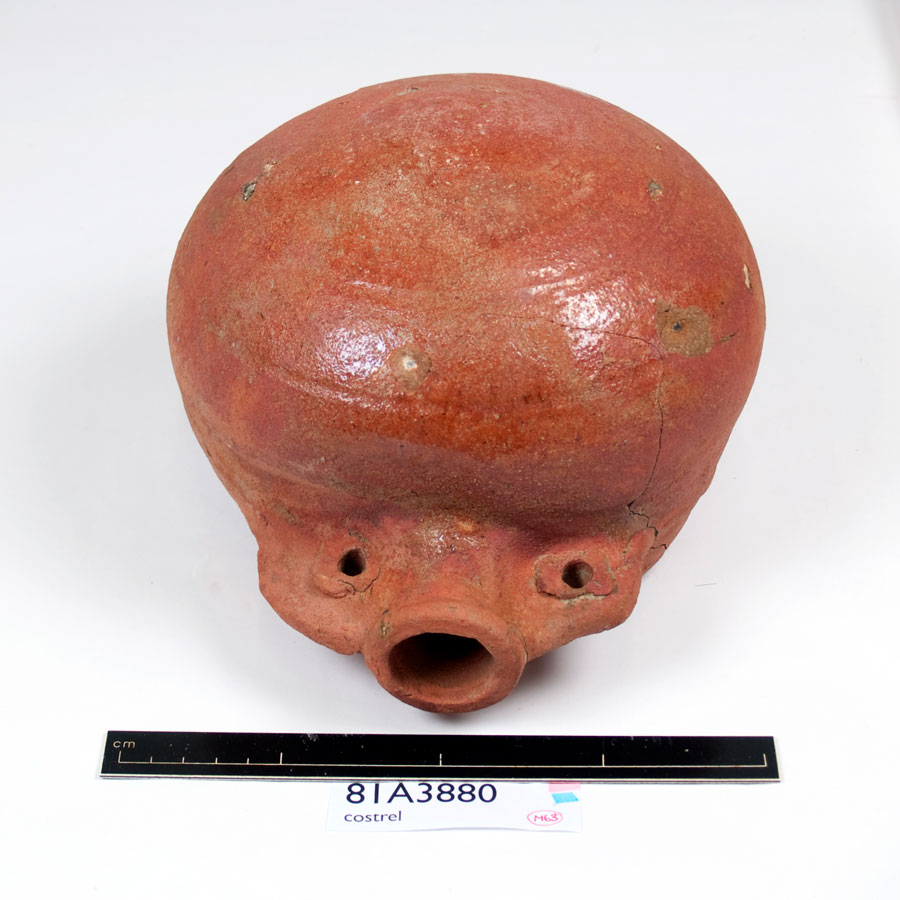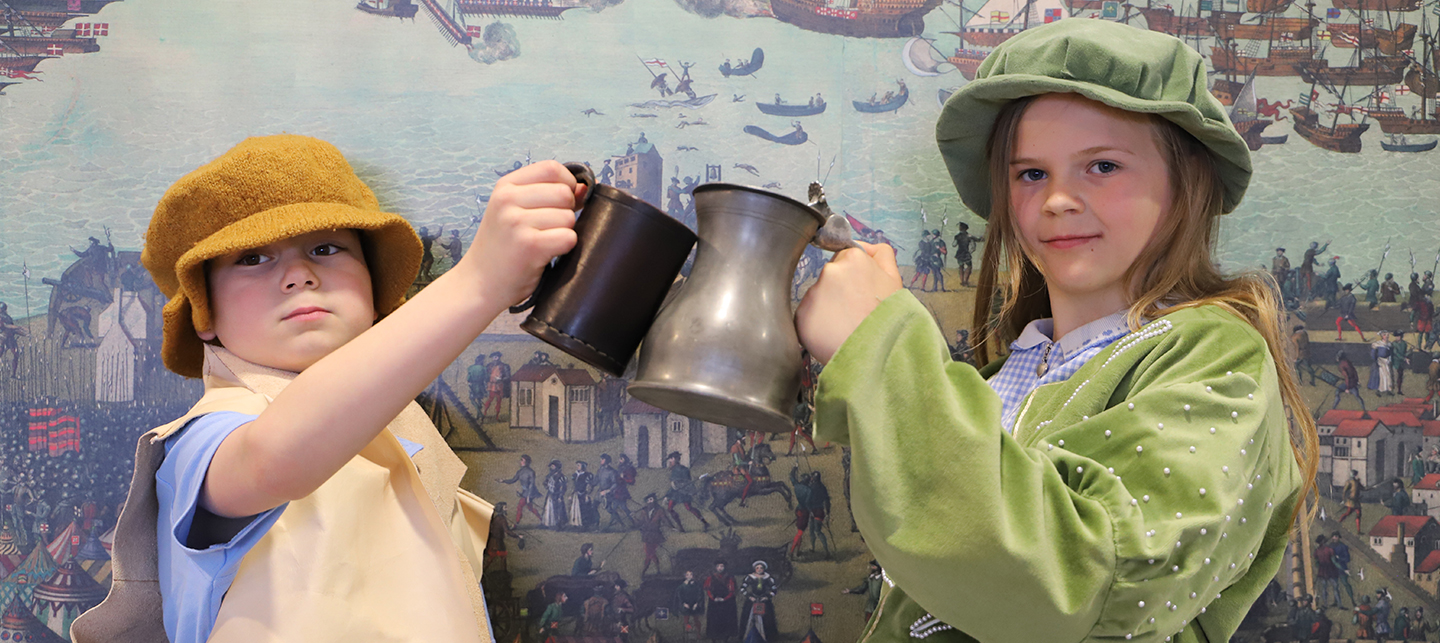Below the Carpenters’ cabin, a man was found surrounded by tools including a sawhorse, stool, hammer, chisel, chopping block and his own tool-holder.
Was he one of the six carpenters of the Mary Rose?
Who was he?
He was likely in his mid-to-late 30s at the time of the sinking and around 1.72m (5ft 7in) tall.
Analysis of isotopes from his teeth reveal that he grew up in a much warmer climate than England and from an area of mainland Europe.
As some of the carpentry tools on board the Mary Rose were Spanish, did this carpenter come from Spain?
The Carpenter’s cabin and chests
The Carpenter had his own cabin, complete with a sliding door.
Inside, as well as the Carpenter’s chest and tools, there were two benches. While one is complete, with possible traces of bedding, the other is missing some planks. The Carpenter had also made a few home improvements, such as extending his cabin and cutting a window through the side of the ship, which could be closed in rough weather!
We found three chests in the cabin, two full of the Carpenter’s personal items and the other containing his tools. Only the wooden handles of the tools survived underwater, all the iron had rusted away.
The first chest is just an open box. This was full of his tools. It was used in the same way as a modern toolbox in a workshop. Inside it were bits of wood, lead, rulers, planes, a tinder box, a mallet, and lots of tool handles.
The second chest was far better built than the first one, with a lid and wooden handles. There is a hole at the front for a lock and the lid was held on with hinges. This was probably his clothes chest; we found traces of cloth and bits of braid and thread in it. There was also a small knife handle and two whetstones, for sharpening tools.
The last chest from the cabin was very fancy. The sides are fixed together with “dovetail” joints, it had a lock and ring-shaped hinges, and a little shelf inside. This chest was made of walnut wood. As well as a couple of small tools, it contained four pewter plates, silver coins and rings and a leather book cover.
